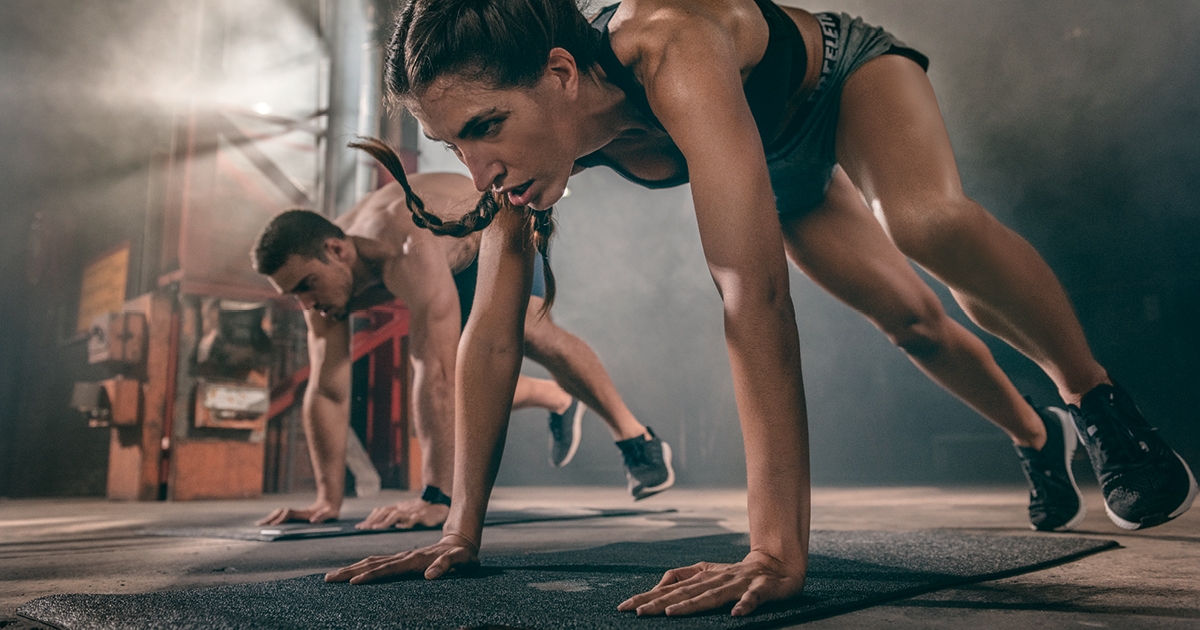
When it comes to reaching peak performance in fitness, incorporating advanced training methods can take your results to new heights. These techniques go beyond the basics and challenge your body in unique ways, helping you push past plateaus and achieve optimal performance. In this article, we will explore advanced training methods that can help elevate your fitness and improve your overall performance.
1. Plyometric Training:
– Understanding the principles of plyometric training and its benefits.
– Incorporating explosive movements, such as jump squats, box jumps, or medicine ball throws.
– Utilizing plyometrics to improve power, speed, and agility.
2. High-Intensity Interval Training (HIIT):
– Exploring the concept of HIIT and its effectiveness for cardiovascular conditioning.
– Alternating between intense bursts of exercise and short periods of active recovery.
– Designing HIIT workouts that target specific fitness goals, such as fat loss or endurance.
3. Complex Training:
– Combining strength training exercises with plyometric or explosive movements.
– Performing a heavy strength exercise immediately followed by a power-based exercise.
– Enhancing strength, power, and neuromuscular coordination through complex training.
4. Metabolic Conditioning:
– Incorporating metabolic conditioning workouts to improve cardiovascular fitness and endurance.
– Combining resistance exercises with high-intensity cardio intervals.
– Utilizing circuits, AMRAP (as many rounds as possible), or EMOM (every minute on the minute) formats.
5. Functional Training:
– Focusing on movements that mimic real-life activities and sports.
– Incorporating multi-joint exercises that engage multiple muscle groups.
– Enhancing strength, stability, and mobility through functional training.
6. Periodization:
– Implementing periodization to optimize training adaptations and prevent overtraining.
– Structuring training phases with varying intensity, volume, and focus.
– Incorporating macrocycles, mesocycles, and microcycles to systematically progress training.
7. Supersets and Circuits:
– Incorporating supersets and circuits to increase training density and intensity.
– Performing two or more exercises back-to-back with minimal rest.
– Targeting different muscle groups or movement patterns for maximum efficiency.
8. Unilateral Training:
– Incorporating exercises that focus on training one side of the body at a time.
– Enhancing balance, stability, and addressing muscle imbalances.
– Utilizing exercises like single-leg squats, lunges, or single-arm rows.
9. Advanced Core Training:
– Challenging the core with advanced exercises and progressions.
– Incorporating exercises that involve anti-rotation, anti-flexion, and anti-extension.
– Utilizing tools like stability balls, medicine balls, or TRX for added challenge.
10. Recovery and Regeneration:
– Recognizing the importance of recovery in optimizing performance.
– Incorporating strategies such as active recovery, foam rolling, stretching, and adequate sleep.
– Listening to your body and allowing for proper rest and recovery periods.
Elevating your fitness and achieving peak performance requires pushing beyond the basics and incorporating advanced training methods. By integrating techniques such as plyometric training, HIIT, complex training, metabolic conditioning, functional training, periodization, supersets, unilateral training, advanced core training, and prioritizing recovery, you can take your fitness journey to new heights. Remember to consult with a qualified fitness professional to ensure proper form, programming, and individualization of these advanced methods. With dedication, consistency, and a well-designed advanced training program, you can reach your fitness goals and perform at your best.
